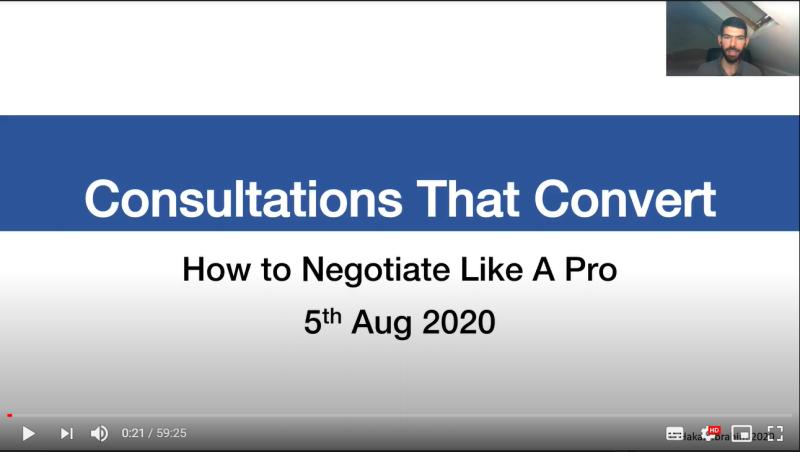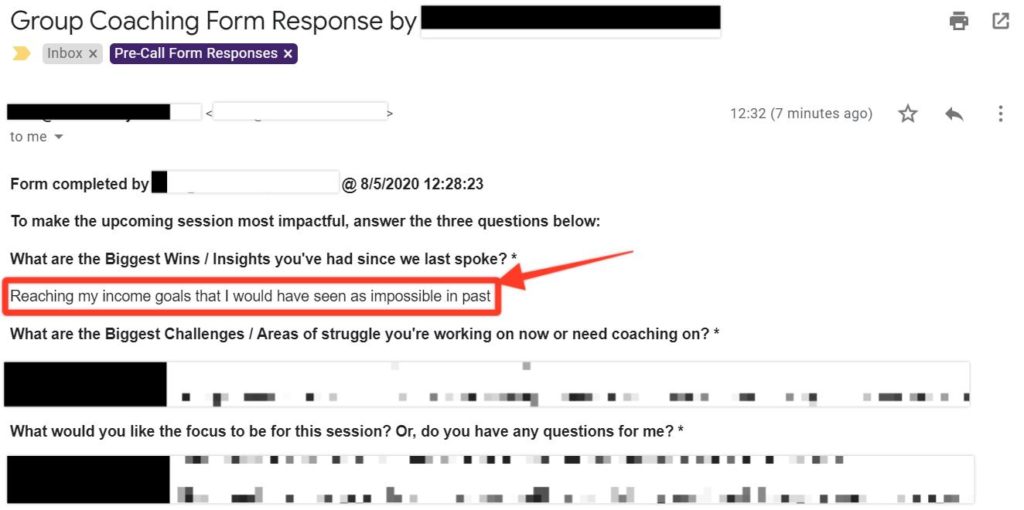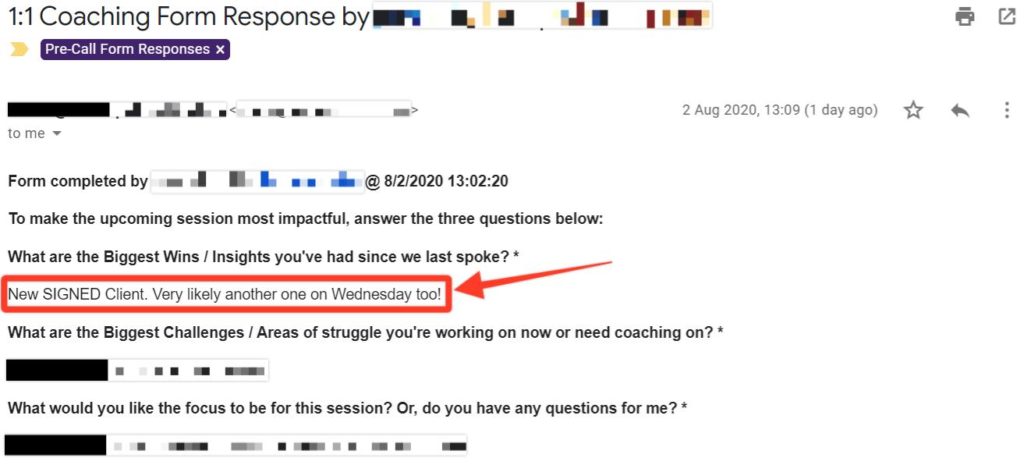“The thing I offer is a really hard-sell”
Have you ever had that thought before?
The people you speak with just don’t “see” how your service is worth the investment.
And you find it really hard to convince them they need it, because they’re getting on fine without you.
So what to do when no-one you speak to seems to share YOUR level of enthusiasm for what you do?
Here’s a quick tip:
First, understand why people buy.
It’s not because they want to own the “thing”.
(Services aren’t even tangible so that was never going to be valid anyway.)
It’s because they want to solve a problem and achieve a certain outcome.
There’s so much relief in knowing this because,
You no longer have to spend your days arguing or convincing to earn a living.
All you need to do is demonstrate how your service solves their problems,
It’s really as simple as that.
When you make this change, you’ll quickly see how previous “hard-sells” become “easy yesses”.
If this makes sense “intellectually”, but you feel like you need help putting it into practice and making it all work,
you should check out the 13+ training videos I’ve recorded, detailing exactly how to do it, step by step.



